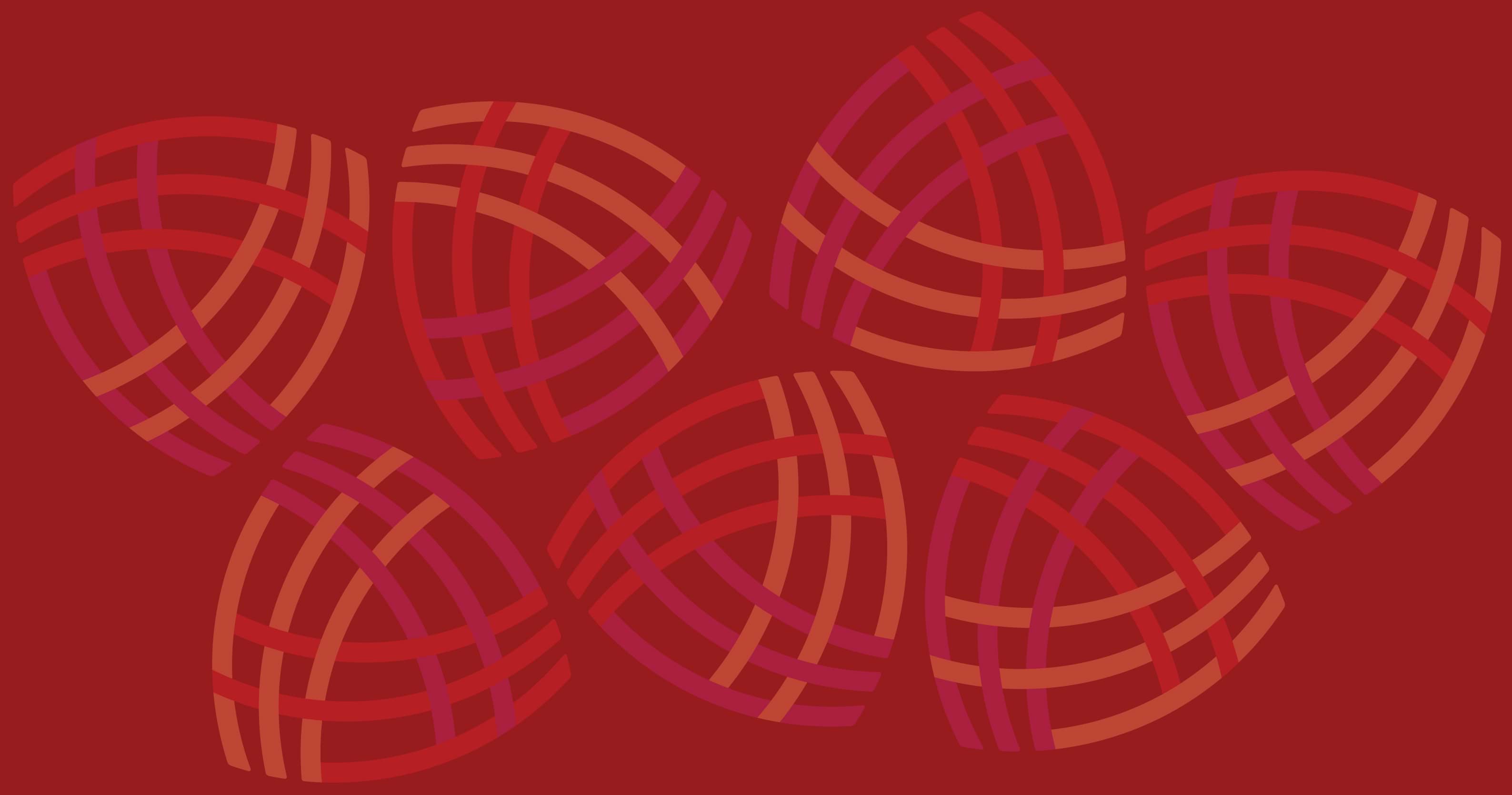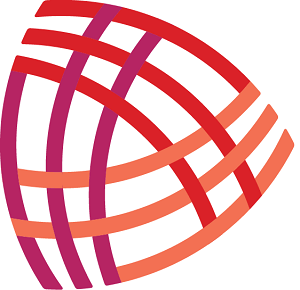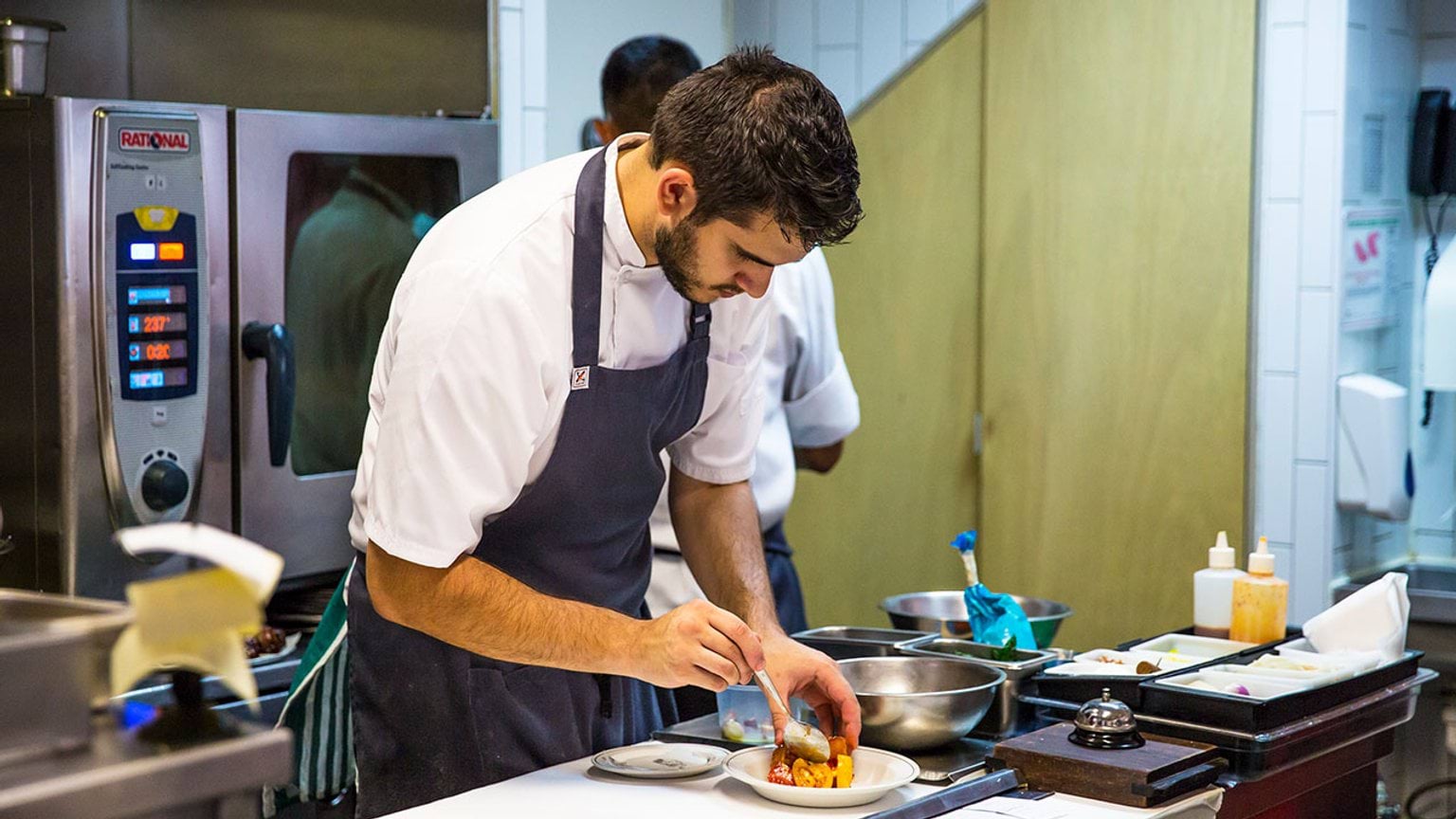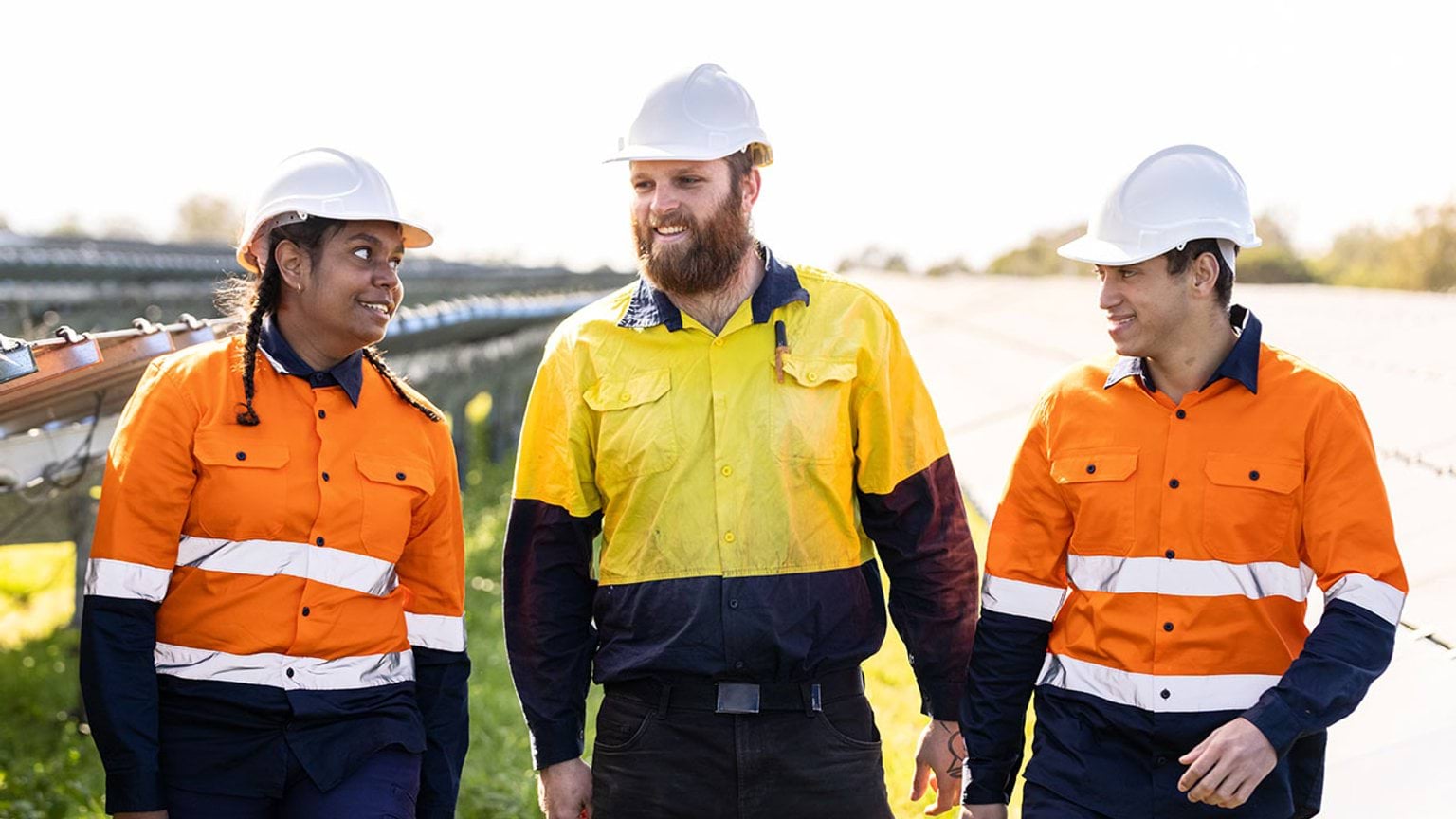Fashion designers create designs for clothing, accessories and footwear. They research products and look at trends to develop new products for clients.
Find out what a fashion designer does and the related Vocational Education and Training (VET) courses and pathways you can take to secure a job.
What is a fashion designer?
If you like fashion and keep up with trends, you might make a great fashion designer.
As a fashion designer, you’ll follow:
- styles
- trends
- popular colours, fabrics and decorations
- manufacturing processes.
You’ll use your knowledge to design fashion products for clients. This is a great role for visual, creative people.
Find out more about fashion designers and these related jobs on the Victorian Skills Gateway(opens in a new window):
- advertising specialist(opens in a new window)
- clothing patternmaker(opens in a new window)
- dressmaker or tailor(opens in a new window)
- footwear production machine operator(opens in a new window)
- make up artist(opens in a new window)
- retail manager (general)(opens in a new window)
- sewing machinist(opens in a new window)
- shoemaker(opens in a new window).
Related training courses
Explore these related TAFE and training courses on the Victorian Skills Gateway(opens in a new window):
- advertising(opens in a new window)
- beauty(opens in a new window)
- fashion(opens in a new window)
- retail(opens in a new window).
You may be eligible for government funding(opens in a new window) to help pay for your course.
Median salary
The median weekly earnings for fashion, industrial and jewellery designers in Australia is $1,500.
Source: Jobs and Skills Australia(opens in a new window)
Note this salary is current as of January 2025 and is indicative only. A range of salaries apply to different roles across the industry.
Job demand in Victoria
Below are the projected employment for fashion, industrial and jewellery designer jobs in Victoria. Figures show the number of workers in 2024 and the new workers expected to enter the workforce by 2027 and 2034.
‘New workers expected’ accounts for workers adding new jobs to the economy and replacing retirees over the next 3 and 10 years. These projections are estimates only. There will be additional jobs available as people move between jobs and industries.
Specific data is not available for fashion designers.
| Region | Workers 2024 | New workers expected by 2027 | New workers expected by 2034 |
|---|---|---|---|
| Victoria | 5,129 | 390 | 1,293 |
| Melbourne – inner metropolitan | 1,851 | 171 | 578 |
| Melbourne – inner south-east metropolitan | 493 | 30 | 105 |
| Melbourne – southern metropolitan | 606 | 30 | 96 |
| Melbourne – northern metropolitan | 699 | 43 | 154 |
| Melbourne – eastern metropolitan | 569 | 25 | 91 |
| Melbourne – western metropolitan | 395 | 39 | 130 |
| Ballarat and surrounds (Central Highlands) | 38 | <10 | <10 |
| Bendigo, Echuca and surrounds (Loddon Campaspe) | 22 | <10 | <10 |
| Geelong, Colac and surrounds (Barwon) | 378 | 15 | 92 |
| Gippsland | 16 | <10 | <10 |
| Horsham and surrounds (Wimmera Southern Mallee) | 4 | 11 | <10 |
| Mildura, Swan Hill and surrounds (Mallee) | 7 | 19 | 17 |
| Shepparton, Seymour and surrounds (Goulburn) | 12 | <10 | <10 |
| Wangaratta, Wodonga and surrounds (Ovens Murray) | 28 | <10 | <10 |
| Warrnambool, Hamilton and surrounds (Great South Coast) | 10 | <10 | <10 |
Source: Victorian Skills Authority Employment Projections Dashboard
Resources to plan your next steps
Visit our retail industry profile to find out about:
- what it’s like to work in retail, and some of the jobs you could do
- training and skills to work in the industry, and financial assistance to help pay for your course
- help getting a job in retail, and industry job projections for Victoria
- other free resources and advice to plan your training and career.
Explore growing industries in your region
Updated



